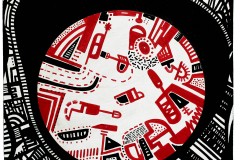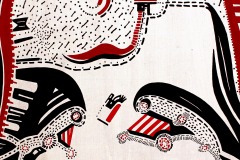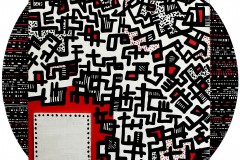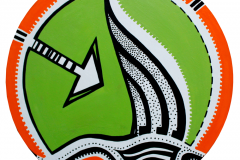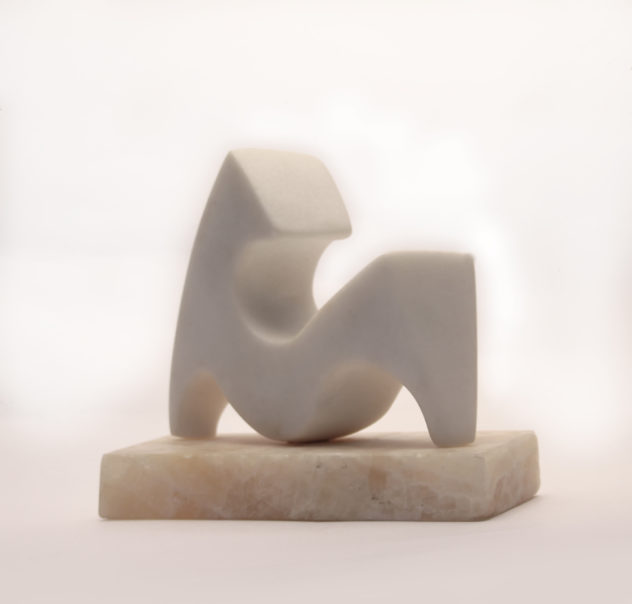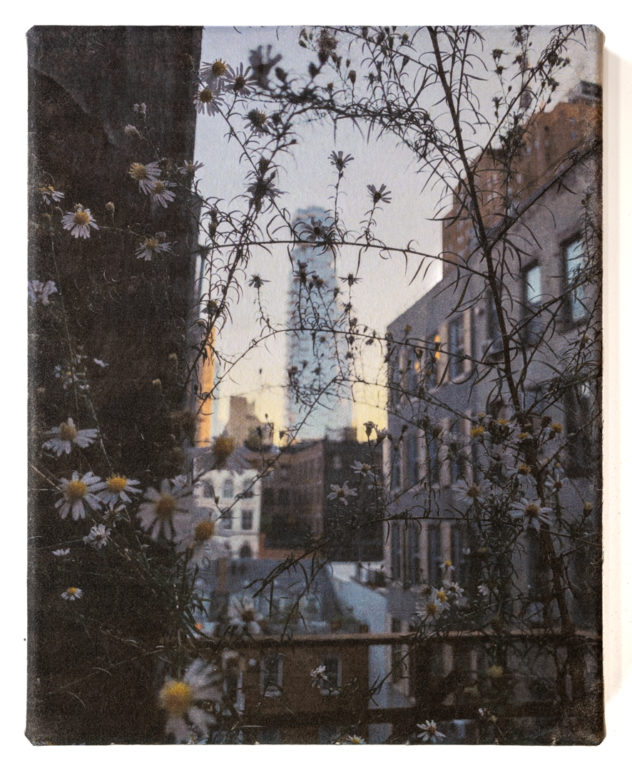Cycle 19 by Hristina Zafirovska
In the past period, and in the period ahead, humanity is facing changes in the way of life caused by the Covid-19 pandemic. Isolation, reducing communication to a minimum and systemic changes have taken away major moments in people’s lives, especially young people. Everyday information related to the invisible enemy gets to us, affecting our mental health. The world is still battling a pandemic and dealing with its effects, and the question is, how much longer will all this last?
The academic painter Hristina Zafirovska, through her cycle of 19 works on the topic of “Covid”, shows us in an abstract and vivid way the real and the invisible with the naked eye, driven by the changes in the course of life caused by the pandemic. The whole series of 19 closely related episodes interprets the biological circular structure of the virus, its creation, proliferation, spread and transmission.
The creative works of this cycle are made in acrylic technique – small formats, symbolizing the microscopic size of the virus, which are complemented by small pieces that penetrate the surface. In the circular, square and triangular space, smooth wavy and dashed lines are drawn with steady strokes – the path along which the virus moves, while dotted segments indicate the circulation and spread of the virus. Each work uses a wide range of forms with which the author parallels the variations of the microcosm, and such a way of expression can be seen in many of her previous cycles and exhibitions. When we see the imaginary amoebic and geometric beings miraculously scattered throughout the space, we get acquainted with the rich thought and surreal fantasy of the author wanting to convey a short animated story. The concept of the works is thought out and narrative, and the space is rationally used. This is achieved through the mutual synthesis of warm and achromatic colors, a concretely composed drawing, which expresses the graphic impulse of the artist. Through the color, the form and the way of visual presentation of the works, we follow the artistic style of Zafirovska, which can be deservedly categorized as part of the modern abstract art.
Her sharp focus points to a willingness/readiness to experiment with new fantastic forms, which will be a counterpart to the figurative structure of the virus that has become a real threat to humanity in the 21st century.
Galoska Biljana, MA

















